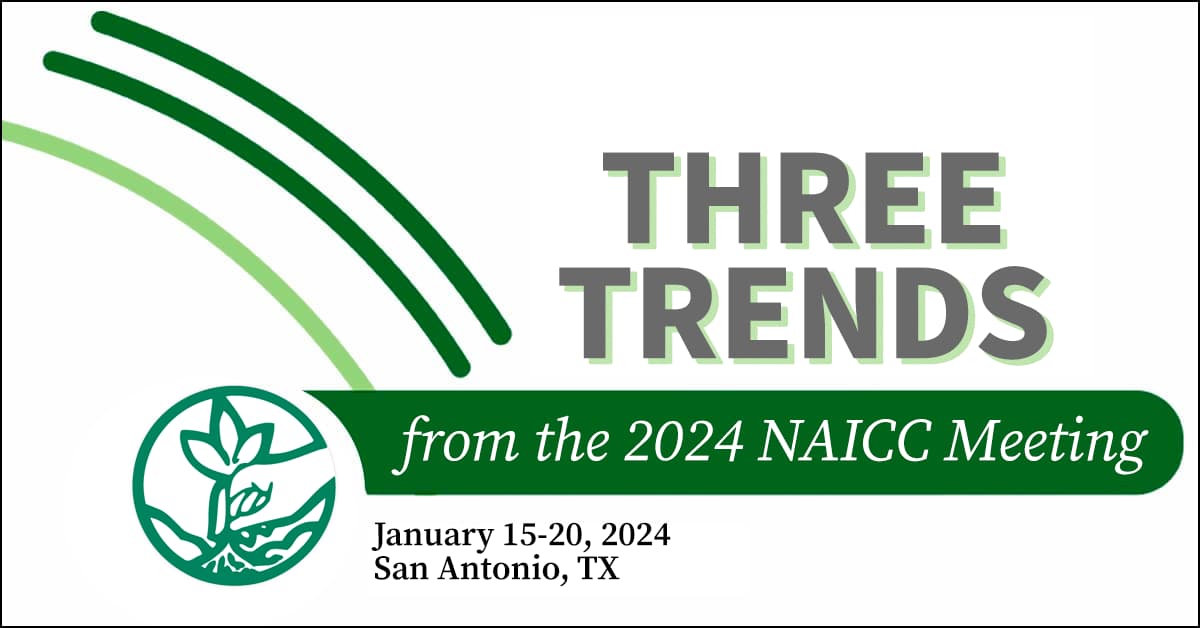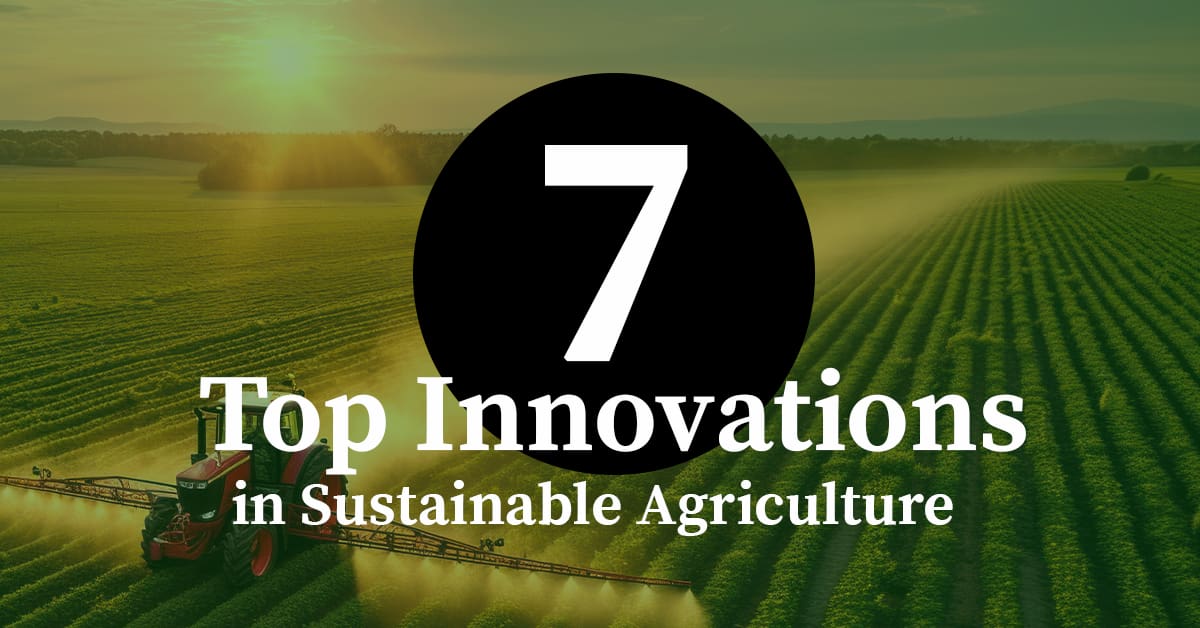
Last month, the AgriThority® team attended the NAICC Annual Meeting in San Antonio, Texas. The meeting was a great opportunity to engage with professionals from around the globe and attend informative sessions. Throughout the week, the team had many productive conversations at our booth, attended many great sessions, and participated in two sessions on stage. Three main takeaways emerged from the 2024 NAICC annual meeting.
The Future of GLP
The Future of Good Laboratory Practices (GLP) is closely tied to changes in cultivation practices and the increasing automation of agricultural machinery. The shift from paper to electronic will require contract research operators (CROs) to shift their standard operating procedures (SOPs) as they integrate automation into their crop production practices for research trials and consider practical scenarios when writing SOPs.
As agriculture embraces digital technologies and automation, the design of GLP studies will need to evolve. This includes updating traditional study methodologies, developing innovative testing protocols and incorporating new technologies. Time and due diligence are required when integrating precision farming, data-driven decision-making, and artificial intelligence in agriculture, and it is imperative to consider practical GLP trial scenarios when integrating.
Addressing practical scenarios requires an understanding of regulatory compliance factors and the ability to adapt and address challenges in the rapidly changing field of agrochemicals. Regulatory bodies and industry stakeholders must collaborate to establish guidelines that accommodate the evolving landscape of agriculture while maintaining the integrity and reliability of GLP studies.
Pesticide Mitigation and the EPA
The U.S. Fish and Wildlife Service’s Endangered Species Act (ESA) and the EPAs Endangered Species Protection Program (ESPP) require farmers to develop approaches to minimize the effects of pesticides on protected species by implementing mitigation efforts on farm. These measures aim to minimize pesticide exposure to the species’ habitats and avoid pesticide exposure when and where it is needed to protect a species.
To comply with EPA requirements, farmers can implement an Integrated Pest Management (IPM) approach that combines both biological and traditional chemical methods. It is important to choose pesticides that have minimal effect on the species and avoid using broad-spectrum application methods. The adoption of precision agricultural technologies will allow farmers to apply pesticides more efficiently and accurately to eliminate exposure and decrease risk.
CROs and Crop Consultants will also be impacted by the requirements to comply with ESA enforcement policies by both EPA and USDA.
Additionally, the pesticide companies must be aware of the changing regulations and ensure their labels are accurate and compliant. It is essential to stay informed about local regulations, seek expert advice, and actively participate in conservation initiatives to promote sustainable agriculture.
Fertilizer Supply Chain Challenges
The global fertilizer crisis continues to persist, and the supply chain faces significant challenges revolving around production consolidation, the need for increased imports, and escalating transportation costs.
Large-scale consolidation in the fertilizer industry has limited options for distributors and retailers, which leads to increased prices for farmers and supply chain inefficiencies. In 1990, 24 suppliers imported less than 200,000 tons of fertilizer annually. In 2020, the industry was down to eight suppliers while imports rose to approximately 2.845M tons.
The increased demand for imports further complicates the supply chain as many regions depend on imported fertilizers to meet their agricultural demands. Factors like geopolitical tensions, trade restrictions, and currency fluctuations make importing fertilizers a complex process and have a significant influence on the availability and affordability of fertilizers.
Transportation and rail costs also affect the supply chain. Regionally based fertilizer production facilities require extensive networks to distribute products, forcing buyers to analyze shipping options more carefully. Rising fuel costs, infrastructural challenges, and product availability contribute to increased transportation expenses, affecting the overall cost of fertilizers.
Forward-thinking agriculture experts with deep scientific experience are the core of AgriThority®. As an independent agricultural authority for innovation development, we focus on exploring potential, expanding market access, and evolving production for greater food security and sustainability. Reach out to AgriThority® today to discuss opportunities for scientific business, market, and product development expertise.


